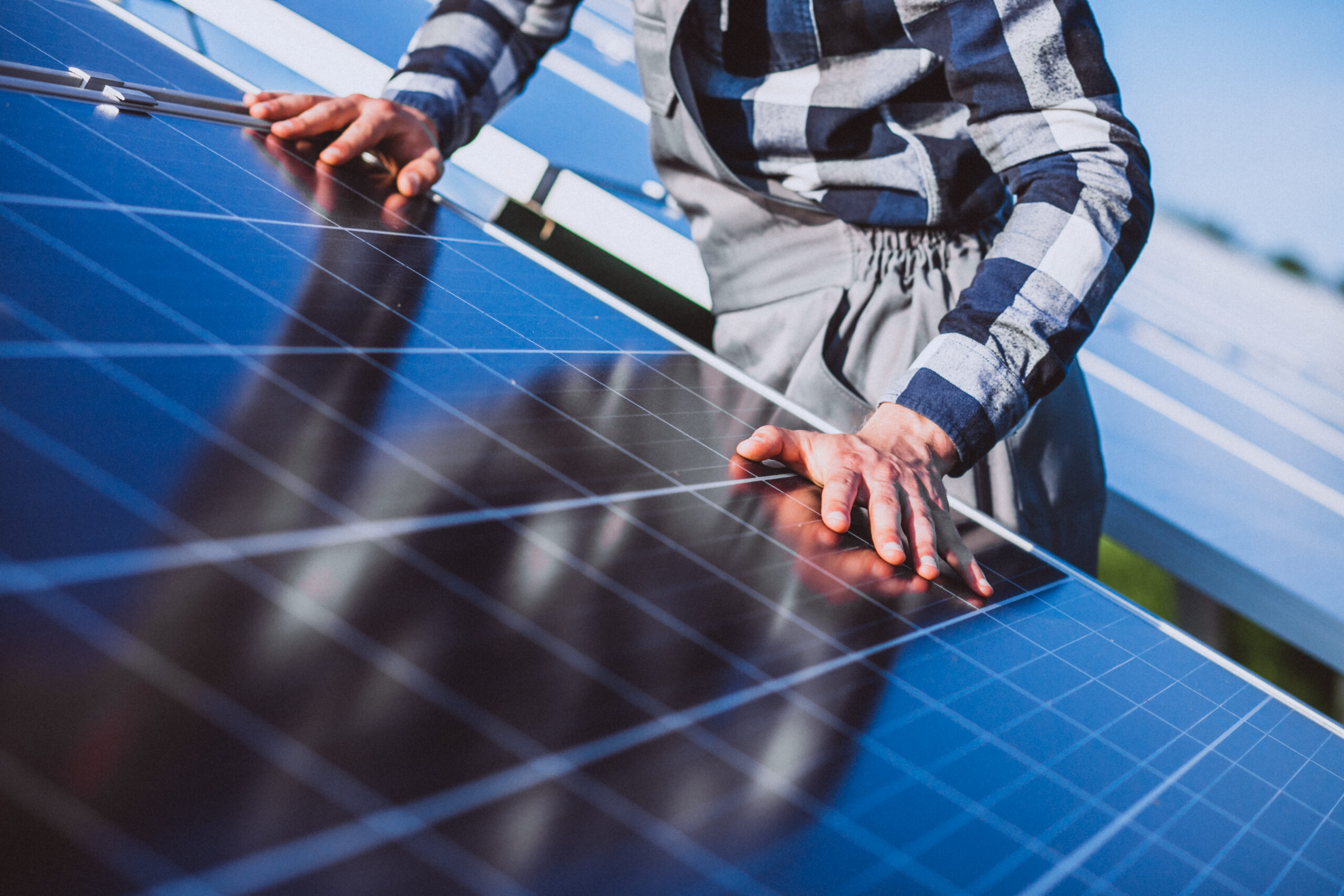
The efficiency of the inverter depends on the installation of the solar inverter and the conditions under which the inverter is serviced. If you want your solar inverter to work at optimal performance for a long time, you need to give more thought to the configuration of the inverter for your home
Factors in choosing the best location for the inverter
Since inverters are a fundamental part of the solar energy system, the installation of the solar inverter must be done in the most suitable place. Here are some factors that will help you when installing the inverter for your home.
Indoor or Outdoor
Whether you place your inverter indoors or outdoors depends on the type of inverter you are using. Grid-tied inverters are suitable for outdoor use, but can also be installed indoors. However, off-grid inverters are not waterproof, which limits installation.
Most grid-tie inverters are designed for outdoor use and come in NEMA enclosures that protect them from dirt, rain, snow, water, corrosion, and other damage. So before you buy an inverter, check its NEMA rating before you plan to install it outside or inside.
Cable distance from panels
There is always a voltage drop between the inverter and the panel. It is directly proportional to cable length and inversely proportional to cable width. To keep the voltage drop low, use short, wide cables and place the solar inverter and the meter as close to each other as possible.
Environmental Factors
Temperature, humidity, and direct sunlight also play a role in deciding the location of the solar inverter. Excessive solar radiation can cause overheating and reduce the efficiency of the inverter. In addition, moisture and water vapor can corrode the inverter and reduce its service life.
Try to keep the inverter in a shaded, adequately ventilated, and cool place. It not only protects the inverter from direct sunlight but also keeps the heat generated by the inverter away from it.
Safety
A solar inverter can cause considerable damage if touched. When installing the inverter, make sure that there is enough space around it for heat dissipation and that it is not placed in a narrow corridor. When mounting the inverter on a wall or shelf, make sure there is at least 15 cm of free space around it to allow heat to dissipate.
Maintenance
Install the solar power inverter in an area that you or maintenance professionals can easily reach for inspection and diagnosis. Inverters require constant maintenance to ensure they are working properly, clean, and free of dust. Therefore, make sure that the inverter is easily accessible for maintenance or emergencies.
Conclusion
By considering the above factors, you can find the best location to install the inverter in your home.




